Art History- Exam 1
1/110
There's no tags or description
Looks like no tags are added yet.
Name | Mastery | Learn | Test | Matching | Spaced |
|---|
No study sessions yet.
111 Terms
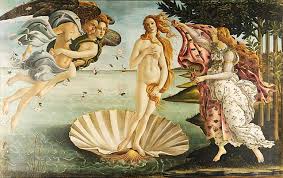
Sandro Botticelli, The Birth of Venus, Italy, c. 1482
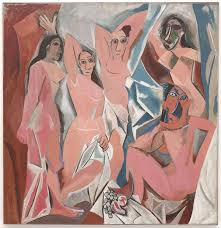
Pablo Picasso, Les Demoiselles d’Avignon, Spain/France, 1907
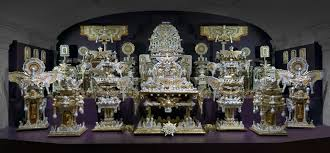
James Hampton, The Throne of the Third Heaven of the Nations Millenium General Assembly, c. 1950–1964

Jaune Quick-to-See Smith. Genesis, 1993

Ceremonial Mask known as a Mboom or Bwoom, Kuba, Central Africa, nineteenth to twentieth centuries
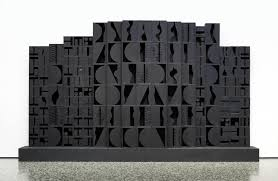
Louise Nevelson, Mirror Image I, 1969

Car, wire child’s toy, Africa

Second view of Cave 26, Parinirvana, between the columns, Cave 26 (chaitya hall), Late 5th c., Ajan1ta Caves, Maharashtra, India
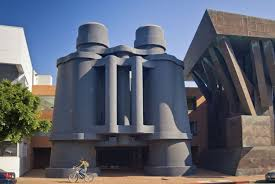
Claes Oldenburg, Coosje van Bruggen, and Frank O. Gehry, The Binocular Entrance to the Chiat Building, 1985–1991, Venice, California
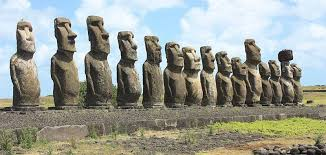
Monumental Heads, Moai statue, c. 15th century, volcanic tufa, Easter Island (Rapa Nui), Polynesia

Marilyn Levine, Golf Bag, 1981
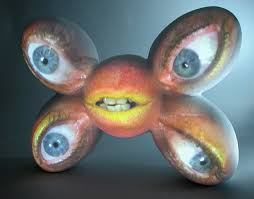
Tony Oursler, Junk, 2003
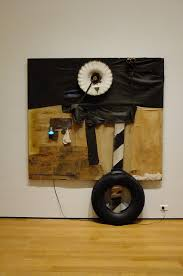
Robert Rauschenberg, First Landing Jump, 1961

El Anatsui, Sasa, 2004
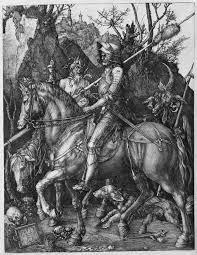
Albrecht Dürer, Knight, Death, and the Devil, 1513
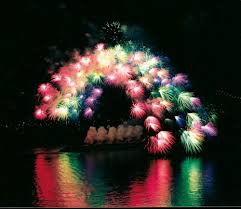
Cai Guo-Qiang, Drawing for Transient Rainbow, 2003

Nam June Paik, Electronic Superhighway: Continental U. S., Alaska, Hawaii, 1995
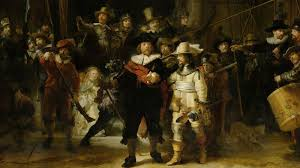
Rembrandt van Rijn, The Company of Captain Frans Banning Cocq, or The Night Watch, c.1642
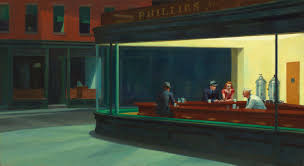
Edward Hopper, Nighthawks, 1942
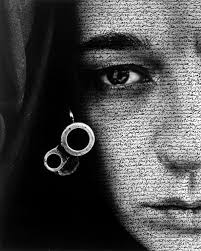
Shirin Neshat, Speechless from Women of Allah series, 1996

Georgia O’Keefe, Black Iris, 1926
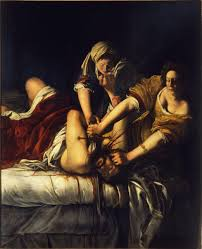
Artemisia Gentileschi, Judith and Holofernes, 1612–1613
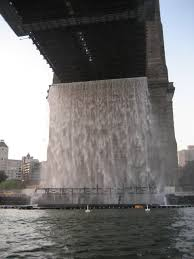
Olafur Eliasson, The New York City Waterfalls, 2008
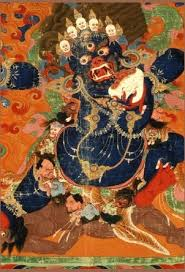
Yama, Tibet, mid-17th century–early 18th century
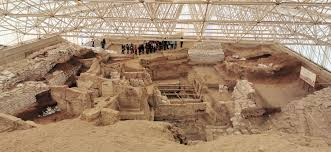
Excavations of ancient houses at Catal Hüyük, Anatolia, Turkey, 7500–5700 BCE
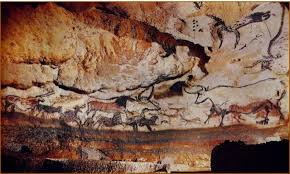
Hall of Bulls, cave painting, left wall, Lascaux, Dordogne, France, c. 15,000–10,000 BCE

Paddy Carroll Tjungurrayi, Witchetty Grub Dreaming, Aboriginal, Papunya, Australia, 1980

Basket, Pomo Tribe, 1890–1910

Wayne Thiebaud, Pie Counter, 1963

Edward Weston, Artichoke, Halved, 1930

Judy Chicago, The Dinner Party, 1974–1979
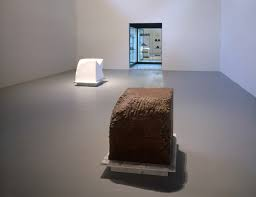
Janine Antoni, Gnaw, 1992
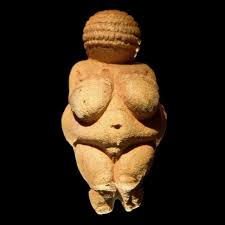
Venus of Willendorf, Austria, c. 25,000–20,000 BCE
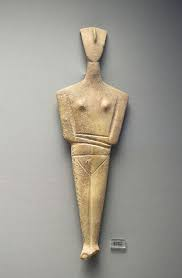
Idol form Amorgos, Cycladic Islands, 2500–2300 BCE
Abstracted
distorted, simplification, or exaggeration of actual texture
content
An artwork’s themes or messages, conveyed through subject matter, symbols, or iconography.
function
the purpose
idealized
natural imagery modified to strive for perfection according to the values and aesthetics of a particular culture
guild
organizations of merchants, artisans, and craftsmen that devoloped in medieval Europe
Expressionism
art movement in the early 20th century focused on capturing the subjective feeling toward objective reality. Bold, colorful, vigorous style.
naturalistic
depicted as seen in nature
visual culture
art criticism that integrates and studies all visual components of contemp culture- categories are determined by culture
popular culture
a set of beliefs, values, actions, objects, or goods and practices that are popular at any given time and space in society
style
specific recognizable attributes and characteristics that are consistent with a historical period/culture/artist
representational
contains entities from the world in recognizable form
aesthetics
the look and feel of an artwork and the attributes that elevate it above other objects
biomorphic
abstract forms or images that resemble living organisms, such as plants, animals, or body parts
composition
The organization of the elements of an artwork in such a way that harmony, balance, unity, and variety are achieved.
contour lines
The outline of a shape
gesture
rapid, sketchy marks that mimic the movement of the human eyes when examining a subject.
vault
ceiling construction based on an arch
hieratic scale
the apparent size of something measures by comparing it to normal size objects
implied vs actual lines
Actual lines are real marks made in a composition. Implied lines are lines that are suggested by changes in colour, tone and texture or by the edges of shapes
linear perspective
the theory that parallel lines appear to converge as they recede
modeling
the pushing and pulling of a malleable substance, such as clay or wax
organic
A shape that seems to be drawn from nature or that is like nature; not geometric.
primary colors
In any medium, those colors that, when mixed, produce the largest range of new colors.
secondary colors
Colors that result when any two primary colors are mixed in a particular medium.
tertiary colors
Colors that result from the mixing of one primary color and a neighboring secondary color.
Formalism
The analysis and critique of an artwork based on its composition and the arrangement of its elements and principles.
Assemblage
Sculptures made from various found objects or prefabricated parts that are put together.
binder
A liquid, gel, or wax that holds pigment particles together and dries or hardens to create a paint layer.
fresco secco
A form of fresco painting in which paint is applied to a dry plaster wall.
fresco buon
A form of fresco painting in which wet pigment is applied to a wet plaster wall, with very durable results.
lost wax method
A sculptural method in which a cast is made from a wax model by coating the model with an investment material that can be heated to high temperatures. The wax melts away, leaving a negative mold of the model, into which molten metal is poured or clay is pressed, creating a hollow duplicate of the original wax work
installation
large-scale, mixed-media constructions, often designed for a specific place or for a temporary period of time
print making
an artistic process based on the principle of transferring images from a matrix onto another surface, most often paper or fabric
ready mades
Already existing objects incorporated into a sculpture or assemblage. Ready-mades refer to found objects that are presented almost in their original form as finished sculptures
subtractive process
Any system of color mixing in which the addition of more colors gives a duller result.
additive process
Color that is created by mixing light rays
tromp l’oeil
the highly realistic optical illusion of three-dimensional space and objects on a two-dimensional surface.
relief
Sculpture that projects from or is carved into a flat surface
modelling
an important way in which painters create the illusion that objects depicted are three-dimensional, by portraying the variations of light and shade which naturally occur in solid objects.
Classical
The art of ancient Greece during the fifth century bce, based on ideal proportion grounded in the human figure
combines
Works that are both painting and sculpture.
mobiles
a form of kinetic sculpture designed to hang weighted objects or additional rods.
context
the external conditions that surround a work of art, such as historical events, religious attitudes, social norms, and so on
abstract expressionism
the term applied to new forms of abstract art developed by American painters such as Jackson Pollock, Mark Rothko and Willem de Kooning in the 1940s and 1950s. It is often characterised by gestural brush-strokes or mark-making, and the impression of spontaneity
iconography
The study of visual images and symbols within their cultural and historical contexts.
deconstructionism
a critical analysis method that challenges the idea of a single, definitive meaning for a text
formalism
The analysis and critique of an artwork based on its composition and the arrangement of its elements and principles.
symbol
A visual element that represents something else, often an abstract concept like peace.
post-modern
a style of contemporary art created from about 1970 onwards. Contradicted the perceived traditional values and conservative point of view of the modern artists who were active between 1870-1970.
subtext
The underlying ideas or messages in an artwork.
Paleolithic
Old Stone Age, dating from 25,000 to 8000 bce; the era of hunters and gatherers.
Mesolithic
The middle Stone Age, between the Paleolithic and Neolithic eras, marked by the earliest use of local and permanent food sources.
Neolithic
A period of the Stone Age in which humans used polished stone tools and developed agriculture; the New Stone Age
Pop Art
An art movement in the mid-twentieth century that used common commercial items as subject matter, including newspapers, comic strips, celebrities, political personalities, Campbell’s soup cans, and Coca-Cola bottles. Usually created as satire, these artworks glorified the products of mass popular culture and elevated them to twentieth-century icons.
sympathetic magic
primitive or magical ritual using objects or actions resembling or symbolically associated with the event or person over which influence is sought
Renaissance
A rebirth of learning and the arts in the fourteenth through the seventeenth centuries in Europe, along with the revival and study of ancient Greek and Roman cultures.
International Style
A style developed in the thirteenth and fourteenth centuries in Europe with characteristics of French Gothic and Sienese art. Later, in the twentieth century, a style of architecture based on simple geometric forms without adornment.
Ancestor Dreaming
system of beliefs that accounts for the cosmos, from creation to death, and aids in survival, including the location of food for this hunting and gathering culture.
Archaic
the period of Greek art from around 650–480 BC, before the Classical period
Feminist Art
Feminist art is a category of art associated with the feminist movement of the late 1960s and 1970s. Feminist art highlights the societal and political differences women experience in their lives.
hunters and gatherers
people who obtain most or all of their food by foraging, or gathering wild resources
vanitas
the impermanence of all earthly things and the inevitability of death
line
including ceramics, glass, jewelry, weaving, and woodworking
example: Paul Klee’s Bounds of the Intellect, from 1927-
-has thin, delicate, obsessively repetitive lines
Light and value
example: Rosso Fiorentino’s Recumbent Female Nude Figure Asleep (Fig. 2.9), from 1530–1540
shading mimics light washing over the human form
color
consists of hue, value, and intensity
example: Thomas Gainsborough’s Mr. and Mrs. Andrews, the most saturated colors are in the blue satin dress.
texture and pattern
a surface characteristic that is tactile or visual.
example: Mr. and Mrs. Andrews, Gainsborough manipulated the paint to create the illusions of lustrous satin, bristly hay, and fluffy clouds, even though the painting surface is flat.